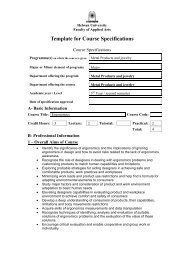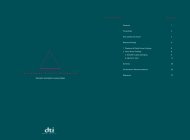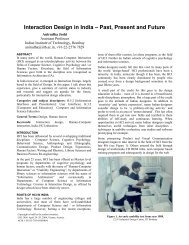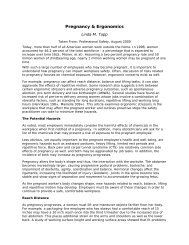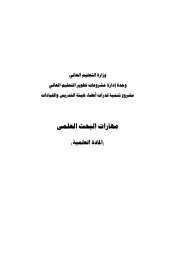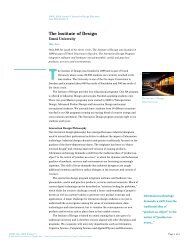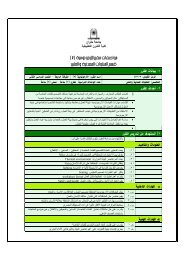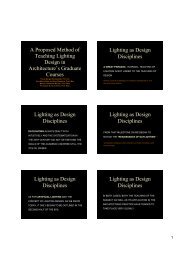Space Requirements for Wheeled Mobility - University at Buffalo ...
Space Requirements for Wheeled Mobility - University at Buffalo ...
Space Requirements for Wheeled Mobility - University at Buffalo ...
- No tags were found...
Create successful ePaper yourself
Turn your PDF publications into a flip-book with our unique Google optimized e-Paper software.
• ISO standard 7176-5 provides a framework <strong>for</strong> ensuring th<strong>at</strong> consistentlanguage and measurement methods are used in d<strong>at</strong>a g<strong>at</strong>hering acrossmultiple sites. The ISO 7176-5 defines 35 dimensions, including occupiedlength, occupied width, occupied height, minimum space, turning diameter,reversing width, required width <strong>for</strong> angled corridor, required doorway entrywidth, required width <strong>for</strong> side exit and ramp angle.• Use of multiple approaches about the physical size, function and preference ofuser groups is needed in the development of design standards. For example,use of percentiles in univari<strong>at</strong>e analyses of even the key parameters alone donot provide a good estim<strong>at</strong>e of the percent of individuals capable ofsuccessfully maneuvering in a space, and there<strong>for</strong>e such limited analysesshould not be heavily weighted in standards development.• Another approach to development of guidelines involves the dissemin<strong>at</strong>ion of“Best Practices”. For example, Dave Rapson developed such a guide th<strong>at</strong>included recommend<strong>at</strong>ions <strong>for</strong> the design of environments to accommod<strong>at</strong>epowered scooters th<strong>at</strong> was developed by the Province of Manitoba and city ofWinnipeg.• Although simul<strong>at</strong>ion tools are very welcome <strong>for</strong> use in comparison of standardsand help bring the results to the designer and user, their use in thedevelopment of standards is not yet clear. The tools need to be valid<strong>at</strong>ed toinsure th<strong>at</strong> they reflect actual wheeled mobility behavior. Use of such tools willalso require new ways to interpret the d<strong>at</strong>a, an important element of thestandards development process.• The costs and benefits of space-requirements guidelines and standards arenot considered in a rigorous way across countries.Trends and Issues in Technologies• Only 20-25% of people worldwide who use wheeled mobility devices reportth<strong>at</strong> their mobility needs are met.• There is a high degree of variability in the turning radius and stability ofpowered wheelchairs. Those with rear-wheel drive typically have a largerturning radius, those with mid-wheel drive have a shorter turning radius but aremore susceptible to tipping, and those with front-wheel drive offer both a tightturning radius and stability, although they are more difficult to control duringstraight travel.• Market trends suggest th<strong>at</strong> the space requirements <strong>for</strong> wheeled mobility willincrease. For example, the market <strong>for</strong> both manual and powered “bari<strong>at</strong>ric” orhigh weight capacity chairs is expected to grow the most rapidly of all chairc<strong>at</strong>egories, and markets <strong>for</strong> PAPAW or power assisted chairs and specializedse<strong>at</strong>ing <strong>for</strong> chairs, although currently small, is expected to also grow rapidly.<strong>Space</strong> <strong>Requirements</strong> <strong>for</strong> <strong>Wheeled</strong> <strong>Mobility</strong> 9



